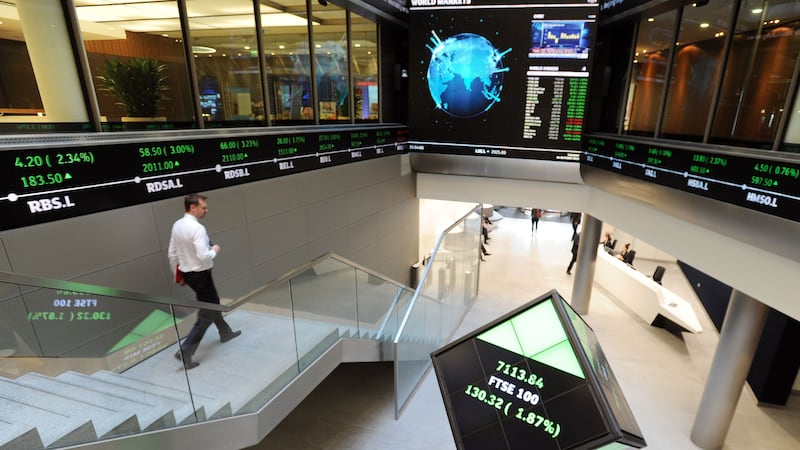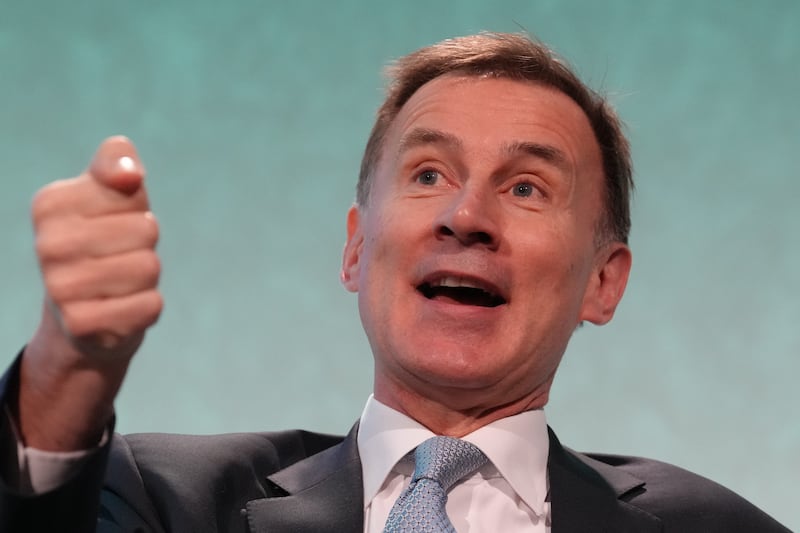ECONOMIC growth in Northern Ireland will come in at just 1.1 per cent this year - a fraction of that in the Republic - and remain at a snail's pace until 2020, a new industry barometer forecasts.
But amidst the uncertainties around Brexit, inflationary pressures and ongoing austerity, there remain positives too, according to EY’s Economic Eye summer forecast report.
While economic growth across the island of Ireland is forecast to remain steady at 2.4 per cent until the end of decade, it will be less that half that in the north for the rest of this year, dipping to 0.8 per cent in 2018.
But it will recover late in the decade, with 1.4 per cent growth forecast for 2020 - down on the previously-forecast 1.7 per cent in EY’s Winter Forecast, reflecting the uncertainty facing the economy.
Michael Hall, head of markets for EY Ireland, said that with little clarity on Brexit, political uncertainty in Northern Ireland and Irish GDP data being affected by a range of factors, all-island, forecasting has never been more challenging.
He added: “Six months on from our last forecast, there is no more clarity on exactly what shape Brexit will take, and in the absence of information on trade deals, customs and border plans, and migration policy, caution must be placed on any forecasts.
"In the period since the vote, Northern Ireland has performed well with a weaker currency boosting exporters and fears over a confidence crisis proving ill-founded.
"But the real Brexit process is only just beginning and is likely to be fairly bumpy, and although it makes clear economic sense to arrive at a sensible trade arrangement, that cannot be assumed,” he said.
Putting aside the uncertainty created by Brexit and recent European elections, the EY report finds that the all island economy is expected to grow, with total employment across the island of Ireland set to increase by 29,000 jobs in 2017.
The Republic will fare better than the north, with almost 91,000 jobs forecast to be created by 2020, while Northern Ireland will end the decade with a decline of 3,500 jobs, having added over 50,000 jobs since 2012.
Job losses are forecast to continue in public administration and defence with a further fall of 4,000 projected, and manufacturing, which has performed well recently, is expected to lose a similar number by 2020.
But the report says there's an opportunity for the manufacturing sector post-Brexit, if the north can position itself as a bridge for the Republic’s UK market access across the border.
Hall added: “The first quarter data for Northern Ireland points to the real possibility of a fall in total employment beginning this year, rather than as forecast in 2018.
"There are also downside risks to the forecast if pay rates cannot keep pace with inflation, which looks increasingly likely. With wage levels lower than they were a decade ago and tensions rising, particularly in public services, it remains to be seen whether local parties can exert influence over national policy and temper austerity.”








